The content of the article
The problem of increased humidity in the room is often encountered by people living either in old houses (that is, older than 20-30 years), or on the ground floors of even modern apartment buildings. An increased number of water molecules in the air can cause dampness, permanent deterioration of well-being, and even mold in particularly saturated places.
So, the raw microclimate in the apartment negatively affects immunity: according to statistics, 60% of people living in houses with high humidity either have acquired chronic diseases, or are very close to this. Taking into account all the negative aspects, it becomes obvious that it is necessary to deal with dampness in the apartment upon its first detection.
Important: since various microorganisms, just like people, want to live and reproduce, it is most likely that they will appear in a weak body of children and elderly people. The most characteristic features of their activities are a sharp appearance of eczema, a rash of blackheads and the appearance of allergies.
The process of increasing humidity can also occur in unfinished brick houses: a tiny amount of water can get into various cracks, microcracks and pores, which is enough to increase voids and, as a result, large amounts of moisture can penetrate. When building a house, it is especially important to monitor the insulation, plastering and the finishing process as a whole.
Finding the cause of increased humidity and dampness
To get rid of dampness, it is necessary to find the main cause of its occurrence and take appropriate measures to eliminate it. According to statistics, in 95% of cases, an increase in moisture in the room air occurs due to:
- A broken or poorly designed ventilation system at home. Weak circulation and lack of stagnant air outlet are two main reasons for the formation and growth of so-called wet cones in the corners of the premises.
- Wrong choice of finishing materials, for example, a deaf set of wallpapers made of substandard materials (which absorb moisture perfectly, but at the same time give it away with difficulty).
- The presence of a flooded basement, as a result of which the process of evaporation, or the formation of condensate, constantly occurs at the border of two surfaces.
- Incorrect installation of plumbing, resulting in a continuous system of supply and drainage of water appeared cracks or cracks.
- Insufficient thickness of the insulating and insulation layers.
All the reasons described above entail the appearance of dampness of a local nature, therefore, with the timely detection of a wet area somewhere, it can be easily eliminated. The main thing is not to leave the problem for later, not to start it, since such an attitude can result in much more serious consequences.
Tip: to confirm or deny guesses regarding the place of penetration of moisture can help glass or a small mirror. It should be attached to a wall or corner and held there for 5-10 minutes; in case there are drops of water on it, you can finally make sure that the assumption is correct.
Methods for eliminating dampness
Obviously, the choice of the method of eliminating dampness is based solely on the reason for the appearance of moisture, therefore the elimination of cracks and holes in pipelines and inlet plastic pipes is the first thing to do. Construction glue, special nozzles can help here, which can be promoted to the smudge and special patches.
Tip: so that such incidents do not occur, you should always pay attention to the quality of the main pipes and the bending of the pipes, so as not to allow serious tilt angles. If it is not possible to eliminate a sharp turn, you can additionally wrap the water supply into the electrical tape or tape, at first it can help to cope with the problem.
Modern methods
A popular method of dealing with high humidity today is the installation of additional heating devices that contribute to the direct rapid drainage of air. A properly installed thermal system will contribute to the gradual death of bacteria, however, there is one remark: serious temperature differences in the room are unacceptable, as this can lead to a breakdown of individual components.
This is due to the fact that with the established thermal regime, the system will strive to do everything in order to support it, and if you leave the window open in the room, especially in winter, it will work to the limit and, as a result, will soon break down. In the warmer months, the temperature regime is usually maintained both with the help of sunlight, and with the help of air conditioning and climate systems.
Important: partly contributing to the appearance of dampness can be drying a large amount of linen not on the balcony, but at home, for example, on folding devices. Therefore, it is recommended to reduce the number of wet things hanging on them at the same time.
The modern business market offers a better option for owners of small apartments in which the installation of the system is impossible, namely, a dehumidifier. This small-sized device is equipped with many sensors that allow the electronics to monitor the state of humidity, pressure and temperature conditions. Analyzing the data obtained, the device is either at rest or takes excess moisture from the air.
If a source of penetration is found in the bathroom, then a heated towel rail will quickly solve the problem, which is a double-bent metal pipe through which the supplied hot water flows. In fact, in this case, this device will be an alternative to a dehumidifier, and help get rid of moisture due to the small size of the room.
Additional ways
Additional methods of combating dampness include those that can be used in combination with the ones described above, but in no way as the main ones. These methods can help, for example, prevent the areal spread of moisture, blocking all growth paths, or remove a small temporary moisture loss on the walls.
So, these methods include:
- Use salt or sugar. If you apply a significant amount of this or that powder to a rag, which is then applied to the site of the lesion, you will notice that the crystals can absorb some of the moisture. The method is suitable for eliminating small wet manifestations, with a diameter of up to 3-5 centimeters.
- Use of a weak solution of potassium permanganate. They need to wipe all potential places of accumulation of a large amount of moisture.
- Frequent airing of the room. This contributes to the penetration of fresh air into the room, thus ensuring natural circulation and removing some of the moisture from the apartment or house.
- Dry cleaning of the room, which differs from the classical one in that all floors and other surfaces covered with a damp cloth are additionally wiped with a soft dry cloth, which eliminates the possibility of accumulation of liquid.
For builders of the first and last floors, as well as owners of private houses, many builders recommend regularly checking all walls, seams, baseboards and other elements for moisture when cleaning the room. Such vigilance will help prevent mold and other problems in advance.
Dampness Management
To get rid of mold and fungus is much more difficult than from ordinary dampness, so you should do everything possible to prevent their appearance. If these living organisms still settled on the walls or in the corners of the room, they must be eliminated as soon as possible.
Usually they use a special antiseptic primer for this, but you have to completely re-glue the vast area of the wallpaper. For additional prevention, it is also recommended to treat with a primer a space within a radius of 10-15 centimeters from the affected area.
Tip: using this type of primer is recommended even during the construction of a private house and the first repair work.
Various aerosols, which are sold in many household stores, are good helpers to get rid of mold and mildew. With their help, it is possible to achieve complete elimination of the infection from the affected area in two to three weeks.
You can also use several folk remedies:
- The use of table vinegar. This acid has a detrimental effect on both mold and fungus, therefore it is enough to evenly distribute it on the surface using a spray gun, and then open the windows in the room for one and a half hours. Then the place must be drained with a hairdryer and a soft cloth.
- Bleach containing chlorine and its compounds. Under certain conditions, it can manifest itself even better than acetic acid. Usually, a solution is also used, for the preparation of which one part of bleach and ten parts of water should be mixed.
- In a similar way, ammonia, soda powder and hydrogen peroxide can be used, only the content of substances differs. A solution containing alcohol and peroxide is prepared from five parts of water, soda - seven.
Using the above recommendations, you can easily get rid of mold, fungus and dampness in the apartment, but you should always remember that you must act immediately upon detection. If mold gets on personal items or interior items, then stopping its further progress throughout the apartment can become an impossible task.
Both in an apartment and in a house all conditions must be created to ensure the dryness of the room, the establishment of a normal temperature regime and cleanliness.
Video: how to get rid of dampness in the house

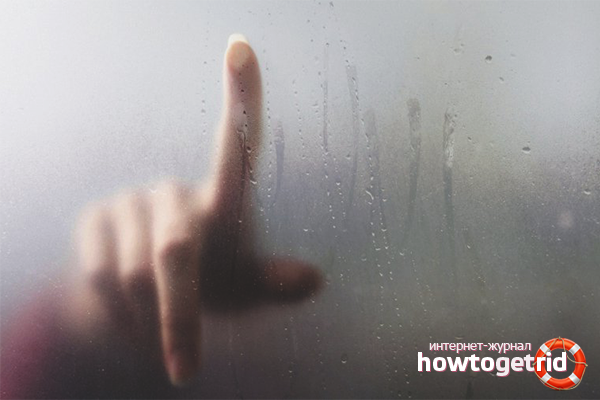
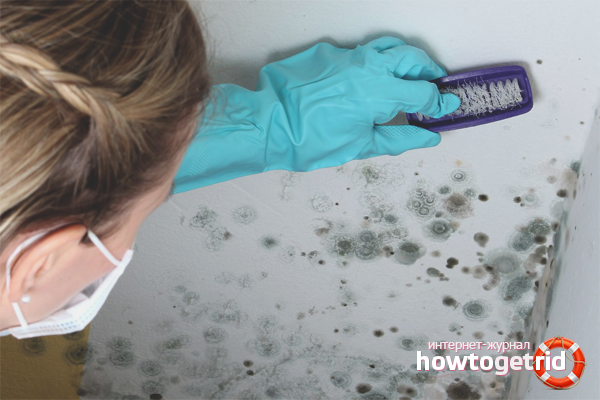
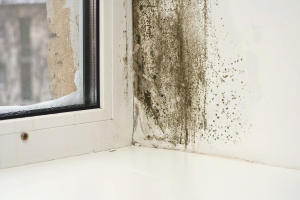
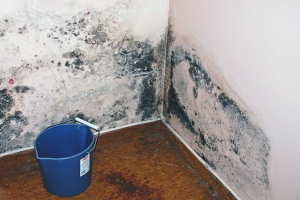

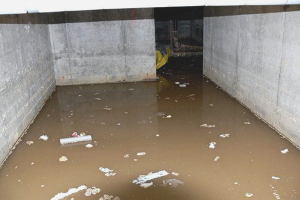
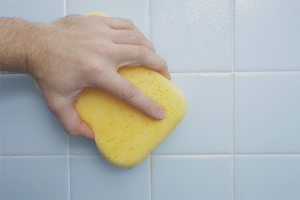
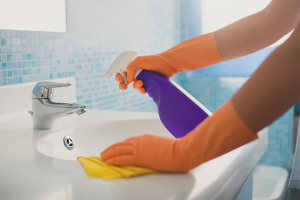

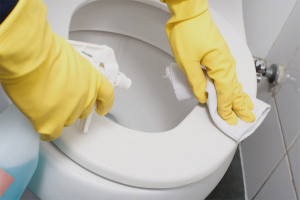
Submit